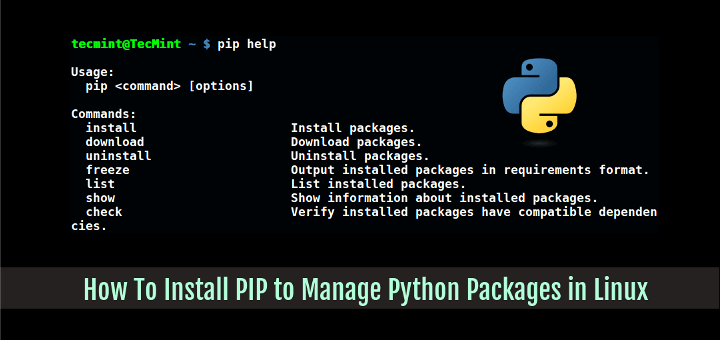

It should install all the modules listed on the file. After this, by invoking pip with: pip install -r In this file we could also set a version for the installation. For example, we could create the file requirements.txt and its content: Kivy-Garden=0.1.4 We can also create a txt file containing a list of modules which should be installed using pip. Pip 18.0 from /usr/local/lib/python3.5/dist-packages/pip (python 3.5) You can check the pip version by doing pip -version and/or pip3 -version: pip3 -version pip installs the Python 2 version of the package, and pip3 will install the Python 3 version of the package.įor more information on the difference between Python 2 & 3, see this guide. Note: On some systems where both Python 2 & Python 3 are installed, pip and pip3 will do different things. However, pip is more popular than using easy_install. And run it.Īn alternative to using pip would be to try easy_install. And save the file as get-pip.py Please don’t forget the. You can upgrade a python module by : pip install -upgradeįor example, to upgrade the requests module to its latest version would be as simple as pip install requests -upgrade.īefore using pip, you will need to install it (it’s quite simple). The one that you’ll come across more often is -upgrade. You can even pass various arguments along with it. Installing it would be as simple as pip install requests. As it is a third party module we have to install it separately after installing python. Last time, in import-statements wiki we used requests module as an example. To install modules locally, you need to create and activate what is called a virtual environment, so pip install installs to the folder where that virtual environment is located, instead of globally (which may require administrator privileges). Side note: The difference is that with npm, npm install by default installs packages locally to a project, whereas pip install by default installs globally.

If you have used npm, then you can think of it as npm of Python. The simplest way is to use pip pip install

So it's time to learn how to install these modules so that we can use those in our programs. Third party modules add so much more functionality to Python. It’s the modules that makes python so powerful! Python comes with several built-in modules, but the Python community has more to offer.


 0 kommentar(er)
0 kommentar(er)
